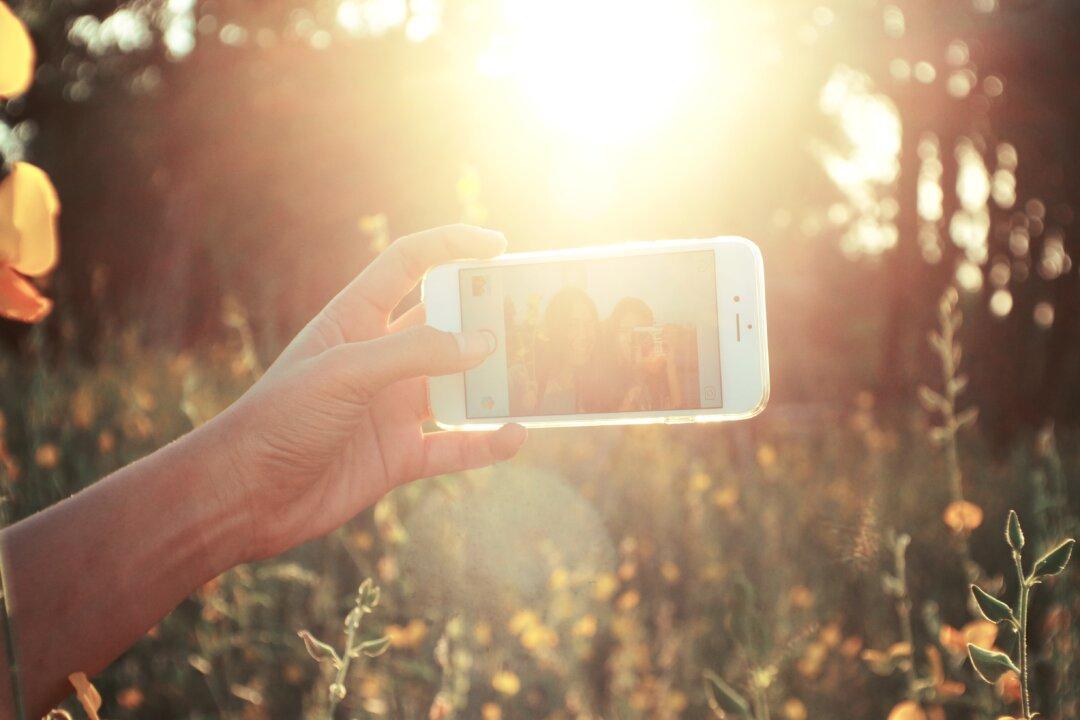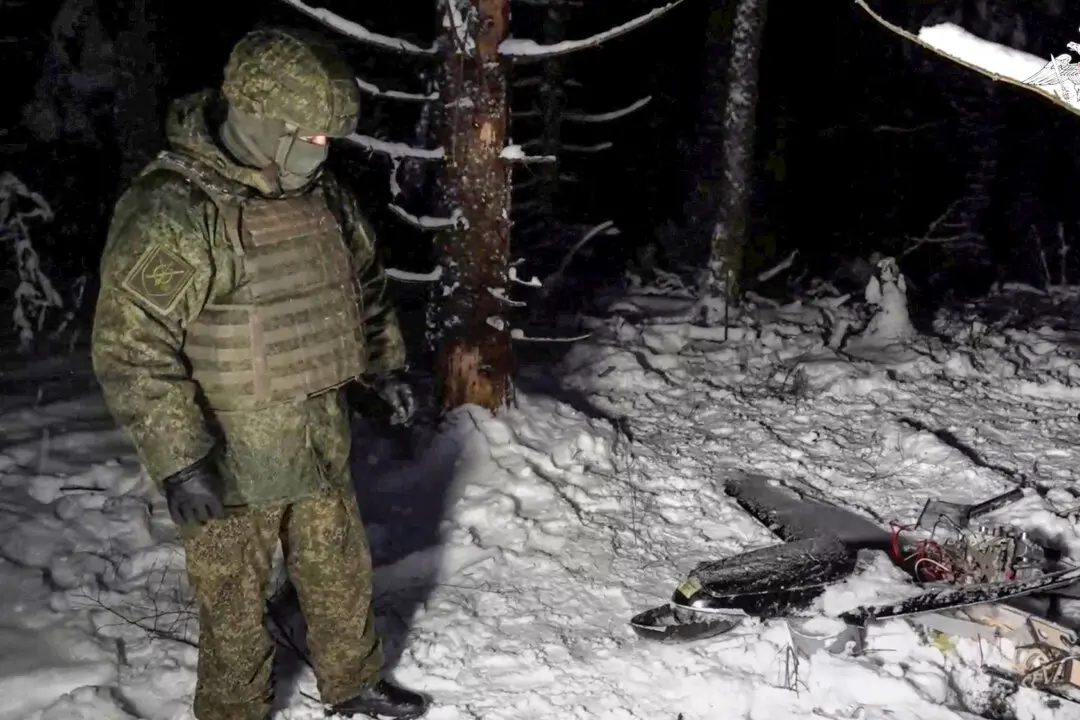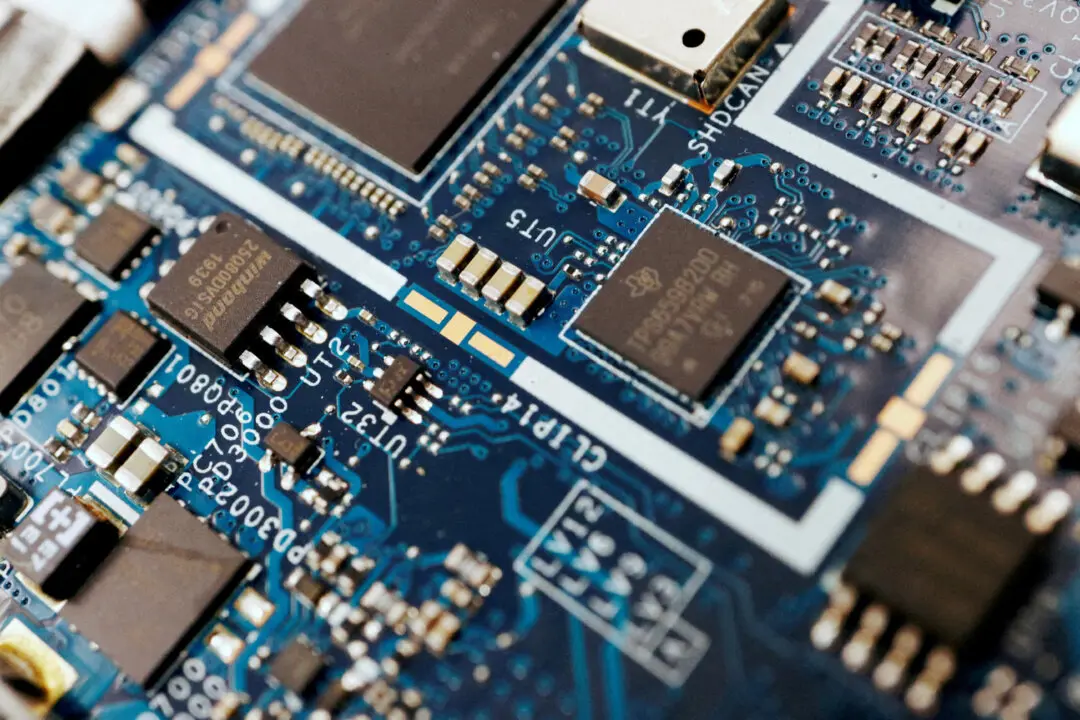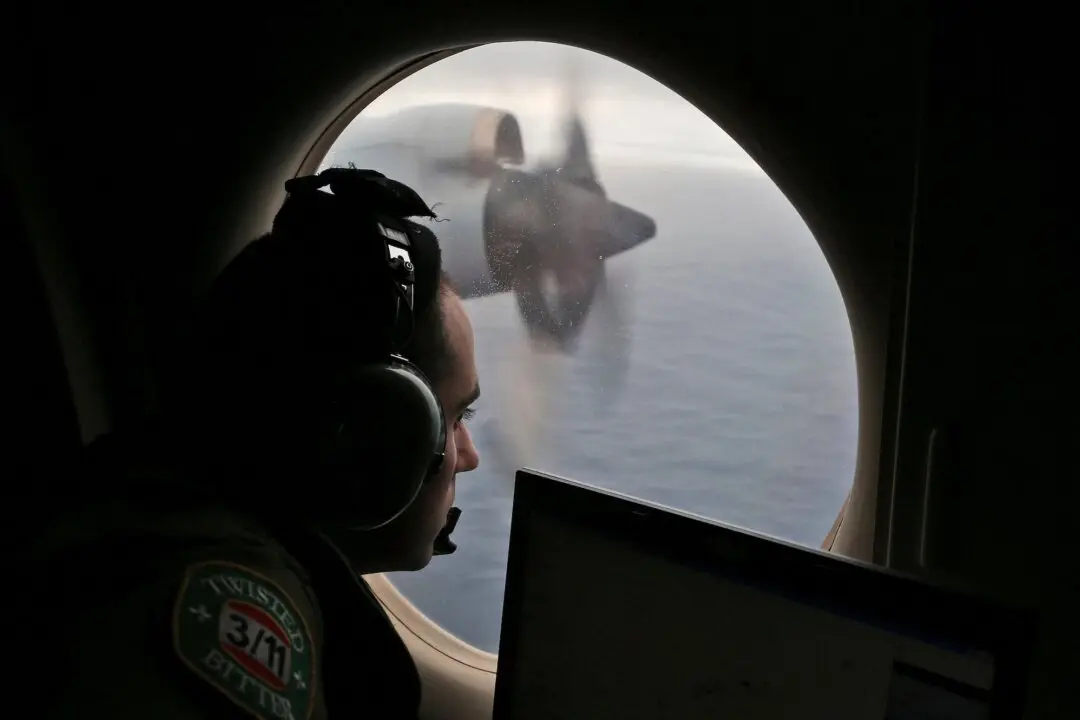A woman in Russia who allegedly climbed onto an electricity transformer to take a selfie ended up electrocuted and burned to death.
Witnesses cited in a report by The Sun said local police near the village of Kuznetsy were still trying to identify the woman’s badly burned body.





